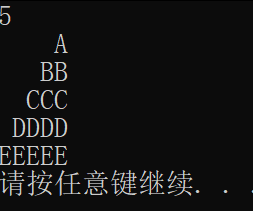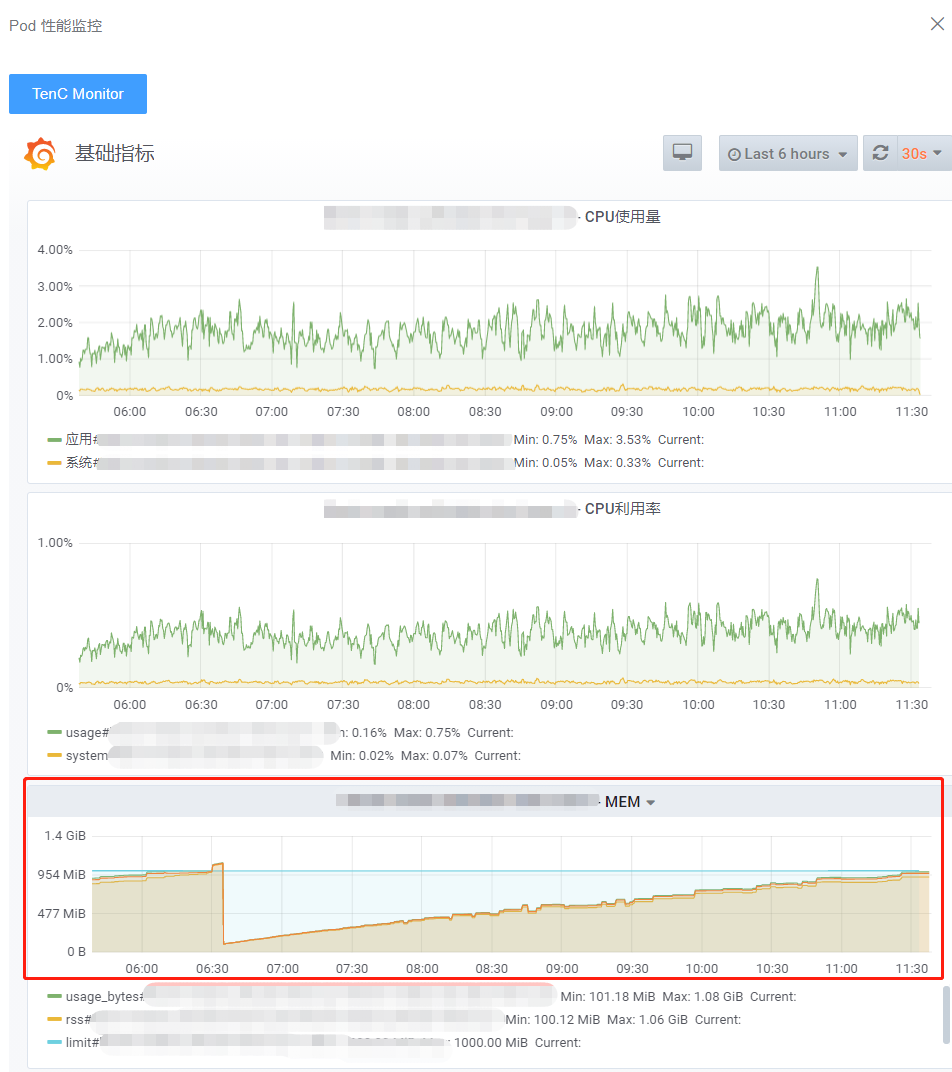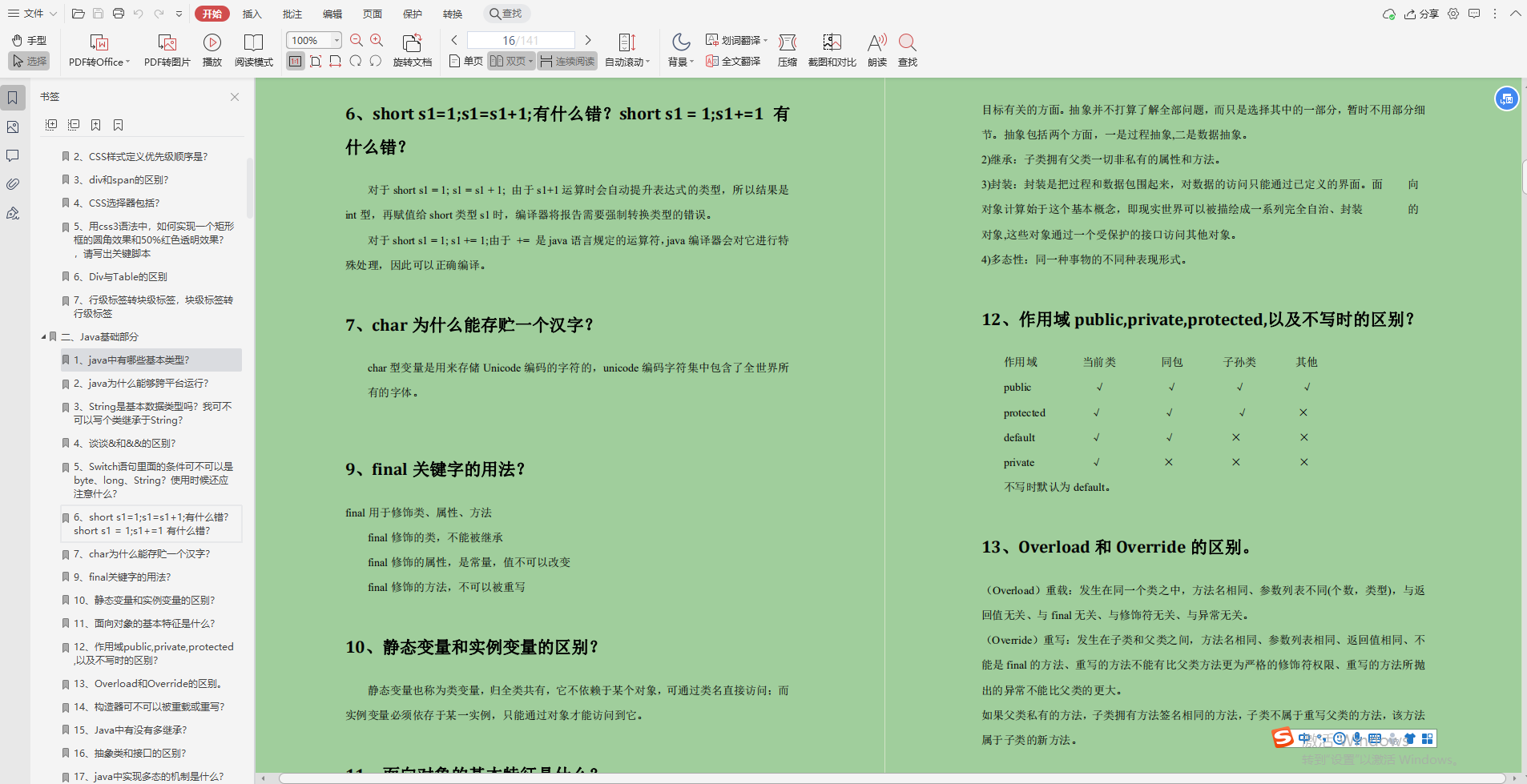Python文件操作:读写、错误处理实例分析
在Python中,文件操作是程序设计中常见的部分。这里我们将通过一些实例来深入理解读写文件以及如何处理错误。
- 打开文件:
file = open("example.txt", "r") # 以"r"模式读取文件
- 读取文件内容:
content = file.read() # 一次性读取整个文件的内容print(content)
写入文件:
file.write("This is a new line in the file.\n") # 写入新内容,包括换行符file.close() # 关闭文件以释放系统资源
错误处理:
try:file = open("non_existent_file.txt", "r") # 要访问的文件不存在content = file.read()print(content)except FileNotFoundError: # 文件未找到异常,适用于上面的情况print("Error: The specified file does not exist.")finally:if file is not None:file.close() # 如果没有发生错误,关闭文件
通过以上实例,我们可以了解到在Python中进行文件操作的基本步骤和处理错误的方式。



































还没有评论,来说两句吧...